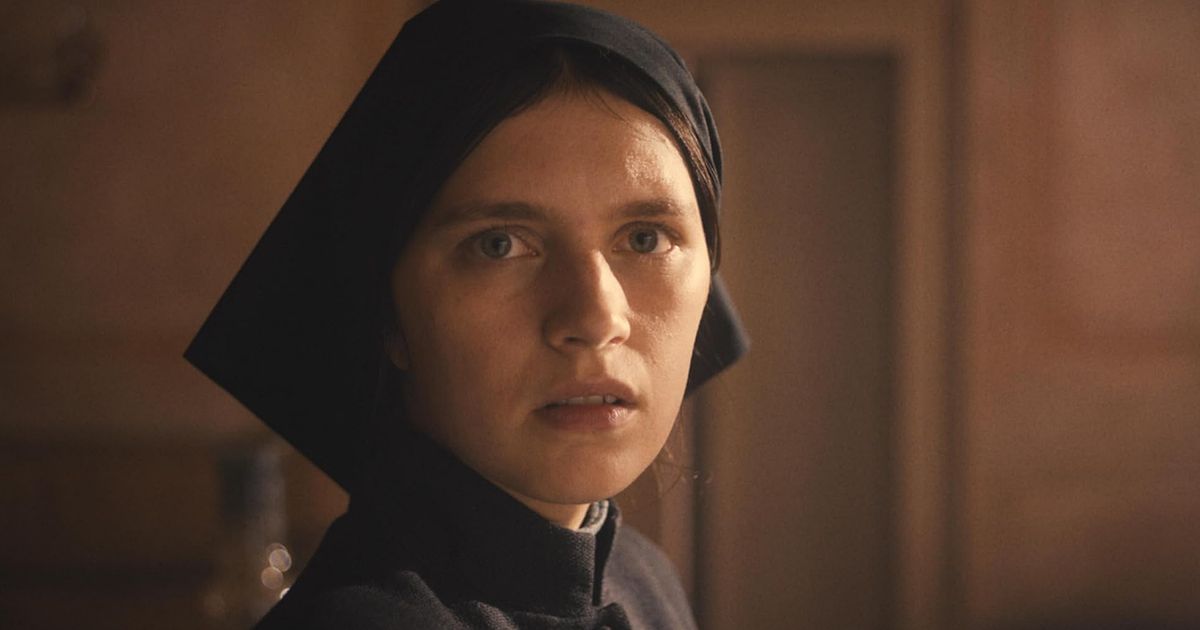The First Omen: A Promising Addition to the Omen Franchise

Discover the atmospheric horror and timely societal themes in The First Omen, a visually stunning prequel to the classic 1976 film. Follow novitiate Margaret Daino as she confronts unsettling occurrences in a cloistered convent, while exploring themes of religious anxieties and societal unrest. Experience the captivating imagery and intense performances that make The First Omen a promising addition to the Omen franchise.
The First Omen: A Promising Addition to the Omen Franchise
In recent weeks, our culture has been graced with not one, but two horror movies centered around young American nuns encountering a sinister plot by a demonic faction of the Catholic Church in Italy. The First Omen, a prequel to the revered 1976 classic The Omen, joins the ranks of these films. Directed by Arkasha Stevenson and featuring a screenplay by Stevenson, Keith Thomas, and Tim Smith, The First Omen manages to capture the essence of its predecessor while incorporating timely societal themes.

( Credit to: Vulture )
Set in 1971 during a period of protests in Rome, the film follows novitiate Margaret Daino (Nell Tiger Free) as she navigates a world filled with unsettling occurrences behind the walls of the cloistered convent. Margaret’s mentor, Cardinal Lawrence (Bill Nighy), acknowledges the growing disillusionment of the youth towards institutions such as the Church. This backdrop of societal unrest adds depth to the story, making it more than just a straightforward horror film.
Margaret’s character is haunted by disturbing visions, and her curiosity is piqued when she encounters Carlita Skianna (Nicole Sorace), a troubled girl at the orphanage where Margaret serves. The nuns frequently send Carlita to a solitary confinement room known as ‘the Bad Room.’ Seeing a reflection of herself in Carlita, Margaret attempts to form a connection with her. However, a rogue priest (Ralph Ineson) warns Margaret that Carlita may be marked with the sign of the Beast and bred by the Church to give birth to the Anti-Christ. Initially in denial, Margaret is forced to confront the truth as the story unfolds.
While The First Omen may leave viewers with unanswered questions and sets the stage for a sequel, it succeeds in delivering a visually stunning and atmospheric horror experience. Arkasha Stevenson, in line with the best studio horror directors, understands that logic takes a backseat in this genre. The film is replete with textured and shocking imagery that taps into deep-seated fears. From black veils shrouding anguished faces to monstrous figures lurking behind curtains, the film expertly employs visual elements to evoke a sense of visceral terror. The loss of control experienced by the characters is mirrored in the audience, making The First Omen a truly effective horror film.
Drawing inspiration from Italian horror and giallo, both musically and visually, The First Omen stands alongside Immaculate as an expressionistic dream journey. The performances in these films are heightened, with actors encouraged to portray wide-eyed and intense characters. Despite the inherent silliness of the plot, these movies excel in evoking a lasting sense of terror, prioritizing atmosphere and emotion over logical storytelling.
In a time when women’s bodily autonomy is under threat, it is unsurprising that horror films explore themes of forced pregnancies and religious institutions. The First Omen, with its timely incorporation of societal unrest and religious anxieties, reflects the fears and anxieties of our own world. While it may not provide all the answers, The First Omen is a promising addition to the Omen franchise, leaving audiences captivated and eager for more.
